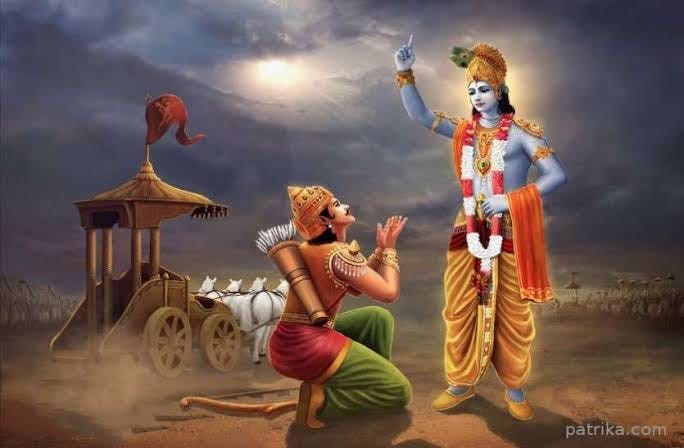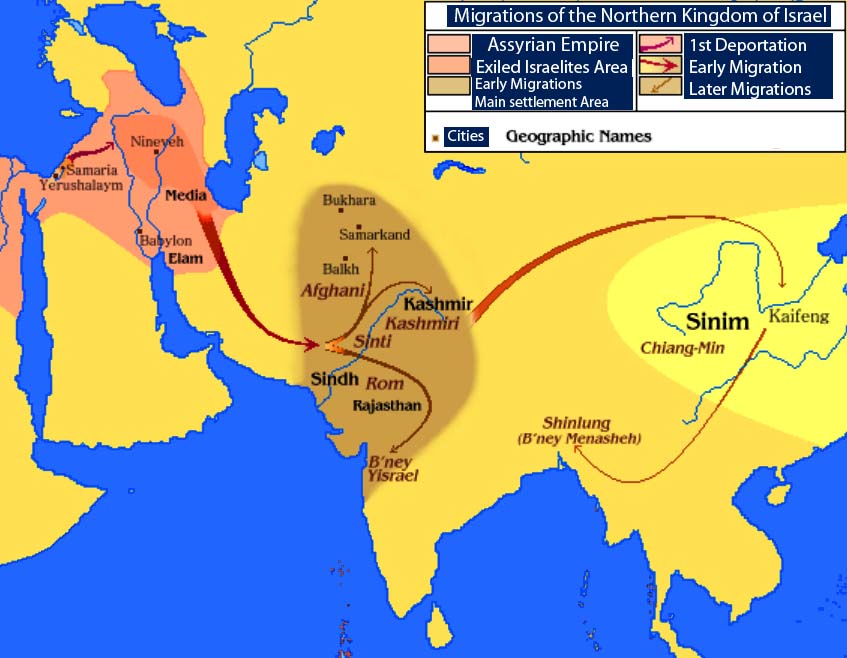
"When meditation is mastered, the mind is unwavering like the flame of a lamp in a windless place." – Bhagavad Gita 6.19

10 of the 12 Tribes of Israel (Reuven, Shimon, Levi, Yehuda, Issachar, Zevulun, Dan, Naphtali, Gad, Asher, Joseph and Benjamin) later dispersed around the world including regions such as the valleys of Kashmir in India, Israel itself and surrounding land and later came to be known as the 10 Lost Tribes of Israel.
The Lost Tribes who have relocated in the valley believe, according to an oral tradition spreading from generation after generation, that they were forcefully exiled by a king and fled to northern India to find refuge. This is confirmed by the seventeenth and eighteenth chapters of the second Books of Kings in the Bible where Shaalmaneser V is described to be the overlord of Samaria from around 727 to 722 BCE who ostracised the Ten Lost Tribes of Israel and where once again banished by Nebuchadnezzar, the ruler of Babylon from around 598 to 588 BCE4. Many who traversed towards the direction of the rising Sun settled in Afghanistan itself while others went further to places like Kashmir and some suggest that they even went as far as China. Furthermore, this is reaffirmed by the words of Hebrew Historian Flavius Josephus in the Greek version of Antiquities of Jews xviii 3.3 translated by William Whiston which states ‘The Jews who escaped with Ezra, are settled beyond the Euphrates’ and the Euphrates flows through Turkey, Syria and Iraq and therefore beyond the Euphrates is Afghanistan, Pakistan, India, etc. and by Saint Jerome (well-known for translating the Hebrew and Greek Bible into Latin) who also says ‘Count Juan Steram writes on page 233-34 of his book that the Afghans admit that Nebuchadnezzar, after the destruction of the Temple at Jerusalem, exiled them to the territory of Bamiyan’.
A vast abundance of cities, places, tribes and castes in Afghanistan and Kashmir use corresponding Biblical names that are not seen anywhere else in the world outside of Israel, such as Ajah, Aziel-Khel from Aziel, Ava-Zye from Ava, Amon-Zye from Amon, and Hamor-Khel from Hamor. In Kashmir, we find numerous relations to Judaism, such as the surname ‘Joo’ and its variants in many people’s names and many tribes inspired by the Lost Tribes of Israel. For example, the tribe Asheriya may be derived from Asher, Dand from Dan, Gadha from Gad and Lavi from Levi, and further identical tribes, castes and sub-castes like Zattu, Tola, Tamar and Shuah3. A multitude of places in the Kashmir Valley have Israeli names that match names from the land of the Ten Tribes of Israel, such as Mount Nebo, Babel, Birsu, Beor and Heshubon6. Even the very names ‘Afghan’ and ‘Kashmir’ are thought to have Hebrew links, with Afghan being derived from ‘Aph-ganan’, meaning brave. While ‘Kashmir’ is often thought to be derived from ‘Kash’ and ‘Mira’, meaning the ‘Mountain of Kashyapa’ or ‘Lake of Kashyapa’, because the revered Rishi Kashyapa is believed to have settled people there. Other studies into the etymology of Kashmir think that it may be derived from ‘Kushur’, similar to the sons of Cush in 1 Chronicles 4 of the Bible. According to Fida Hassnain, in Kashmiri traditions, the people identify themselves as Kushur because a tribe called Kush came thousands of years ago to Kashmir, who had also founded Kashan in Afghanistan and several other places. Potentially, the Kushan Empire was also rooted in the sons of Cush and the Ten Lost Tribes of Israel. Perhaps, the etymology of Kashmir was a combination of the two. This overall theory of the Lost Tribes’ travels to India was even recognised by a Jewish Rabbi in April 2005, according to a BBC Article, who abided by the authenticity of these claims5.
In addition, the publication of the Wall Street Journal on the eleventh of May depicts ‘a genetic link between Lemba tribesmen in southern Africa, Jews from Yemen, and now the Bene Israel’ where Bene Israel literally means ‘Children of Israel’ and the article cites that “Unlike many other lost-tribe adventurers, Mr. Parfitt doesn’t have a political or religious agenda. He isn’t out to populate Israel with clansmen of obscure Jewish sects. Nor does Mr. Parfitt rely on cultural evidence of shared traditions and rituals between these sects and Western Jewry. He also wants biological evidence. ‘DNA is a tool of Jewish history,’ he says. Hence, it is not surprising that many people have found a resemblance between the ‘tall, robust frame of body, with manly features, aquiline nose and features’ of Kashmiris and Jews and George Foster in ‘Letters on a Journey to Bengal from England’ details that he felt as though he was between a Hebrew people when in the company of the Kashmiris.
The affiliation of the Jewish culture with the Indian environment augmented more luminosity and saturation to the rich cultural tapestry woven with the threads of countless cultures spanning over millennia and religions all over the world, and opened borders for wisdom to be spread between the two for many centuries to come.
Later, with the initiation of Christianity, great Christian personalities also travelled to India. They travelled to India because of the pre-existing relationship shared with the Tribes of Israel and also because India was and still is a profoundly influential hub for spirituality and learning for upcoming saints to look up to in order to establish their own ideologies to corners of the globe.